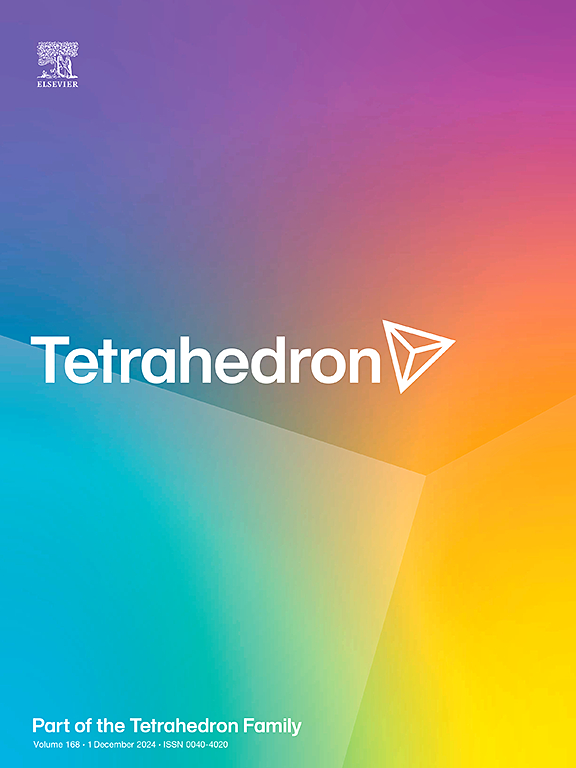Optimised synthesis of florzolotau and its fluorine-18 radiolabelling precursor
IF 2.1
3区 化学
Q2 CHEMISTRY, ORGANIC
引用次数: 0
Abstract
Diverse neurodegenerative disorders that are neuropathologically characterised by depositions of tau protein aggregates are collectively referred to as tauopathies. This can include diseases such as Alzheimer's disease (AD), frontotemporal lobar degeneration and progressive supranuclear palsy. Tauopathies are classified according to the relative ratio of tau protein isoforms (3R or 4R) that make up their aggregates. Positron emission tomography (PET) enables the visualisation of tau lesions in vivo, but imaging both 3R and 4R deposits with the same imaging agent is an ongoing challenge. An emerging tau PET radiotracer, [18F]-florzolotau (also known as [18F]PM-PBB3 or [18F]APN-1607), reportedly binds to all tau isoforms, making it a clinically useful tool for assessing disease pathology in patients with both 3R and 4R tauopathies. In this work, we report for the first time a complete, convergent synthesis of a radiolabelling precursor of [18F]-florzolotau and its non-radioactive reference standard from commercially available starting materials. We demonstrate the scalability of our approach to facilitate wider access to this clinically useful imaging agent.

氟唑陶及其氟-18 辐射标记前体的优化合成
神经病理学上以 tau 蛋白聚集沉积为特征的各种神经退行性疾病统称为 tauopathies。其中包括阿尔茨海默病(AD)、额颞叶变性和进行性核上性麻痹等疾病。tau病是根据构成其聚集体的tau蛋白异构体(3R或4R)的相对比例进行分类的。正电子发射断层扫描(PET)可实现体内tau病变的可视化,但使用同一种成像剂对3R和4R沉积物进行成像是一项持续的挑战。据报道,[18F]-florzolotau(又称[18F]PM-PBB3或[18F]APN-1607)是一种新兴的tau PET放射性示踪剂,能与所有tau异构体结合,因此是评估3R和4R tau病患者疾病病理的临床有用工具。在这项工作中,我们首次报告了利用市场上可买到的起始材料完整、融合地合成[18F]-florzolotau的放射性标记前体及其非放射性参考标准的方法。我们展示了我们的方法的可扩展性,以促进更广泛地获得这种临床有用的成像剂。
本文章由计算机程序翻译,如有差异,请以英文原文为准。
求助全文
约1分钟内获得全文
求助全文
来源期刊

Tetrahedron
化学-有机化学
CiteScore
3.90
自引率
4.80%
发文量
439
审稿时长
34 days
期刊介绍:
Tetrahedron publishes full accounts of research having outstanding significance in the broad field of organic chemistry and its related disciplines, such as organic materials and bio-organic chemistry.
Regular papers in Tetrahedron are expected to represent detailed accounts of an original study having substantially greater scope and details than that found in a communication, as published in Tetrahedron Letters.
Tetrahedron also publishes thematic collections of papers as special issues and ''Reports'', commissioned in-depth reviews providing a comprehensive overview of a research area.
 求助内容:
求助内容: 应助结果提醒方式:
应助结果提醒方式:


